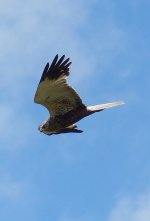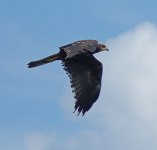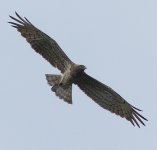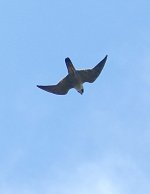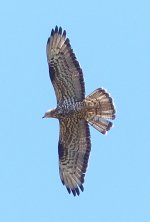Borjam
Well-known member

The shot looks pretty good to me. Apparently the F2.8 setting doesn't give the absolute best image quality, but from what I've seen, you have to look hard to tell the difference. I always shoot jpeg, but I know RAW allows you a greater latitude with post processing. As you practice with the camera, you'll become more familiar with its various settings and you'll get better images, especially in adverse lighting conditions.
I always shoot raw. There is some magic sauce that can help a lot. In this case I just made a straight conversion to JPEG to show what the camera can achieve without trickery, which is amazing in my opinion. Even the noise is surprisingly low.
I've noticed that the camera may have some tendency to overexpose, but, anyway, shooting in "A" mode with center weight (the mode I usually use) I can just set it to underexposed by a stop and a third and that solves the problem for me.
I've just bought a circular polarizer, a real must especially when shooting birds in water. And the 2.8 aperture gives you a great margin, you can sacrifice some with the polarizer.




